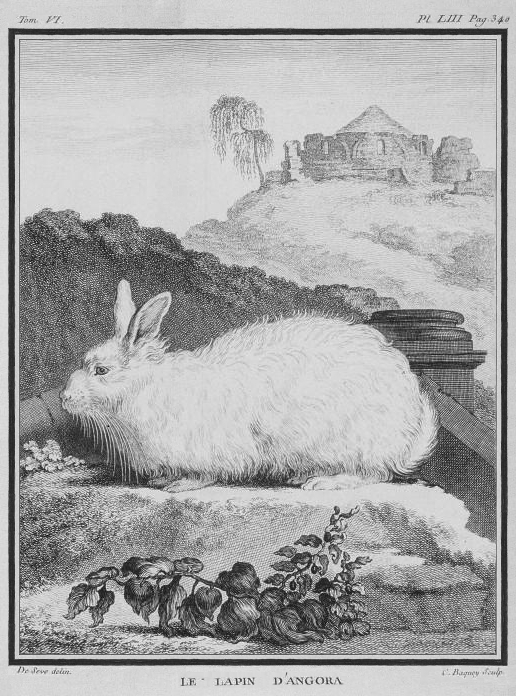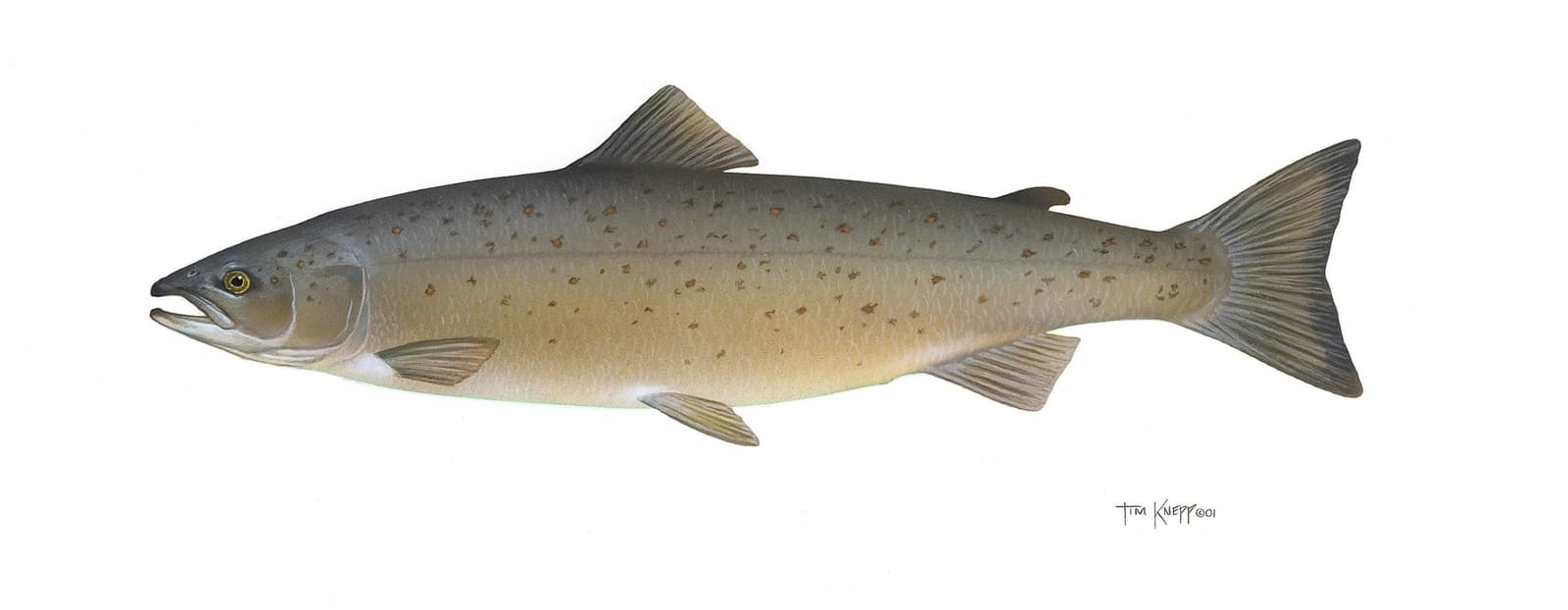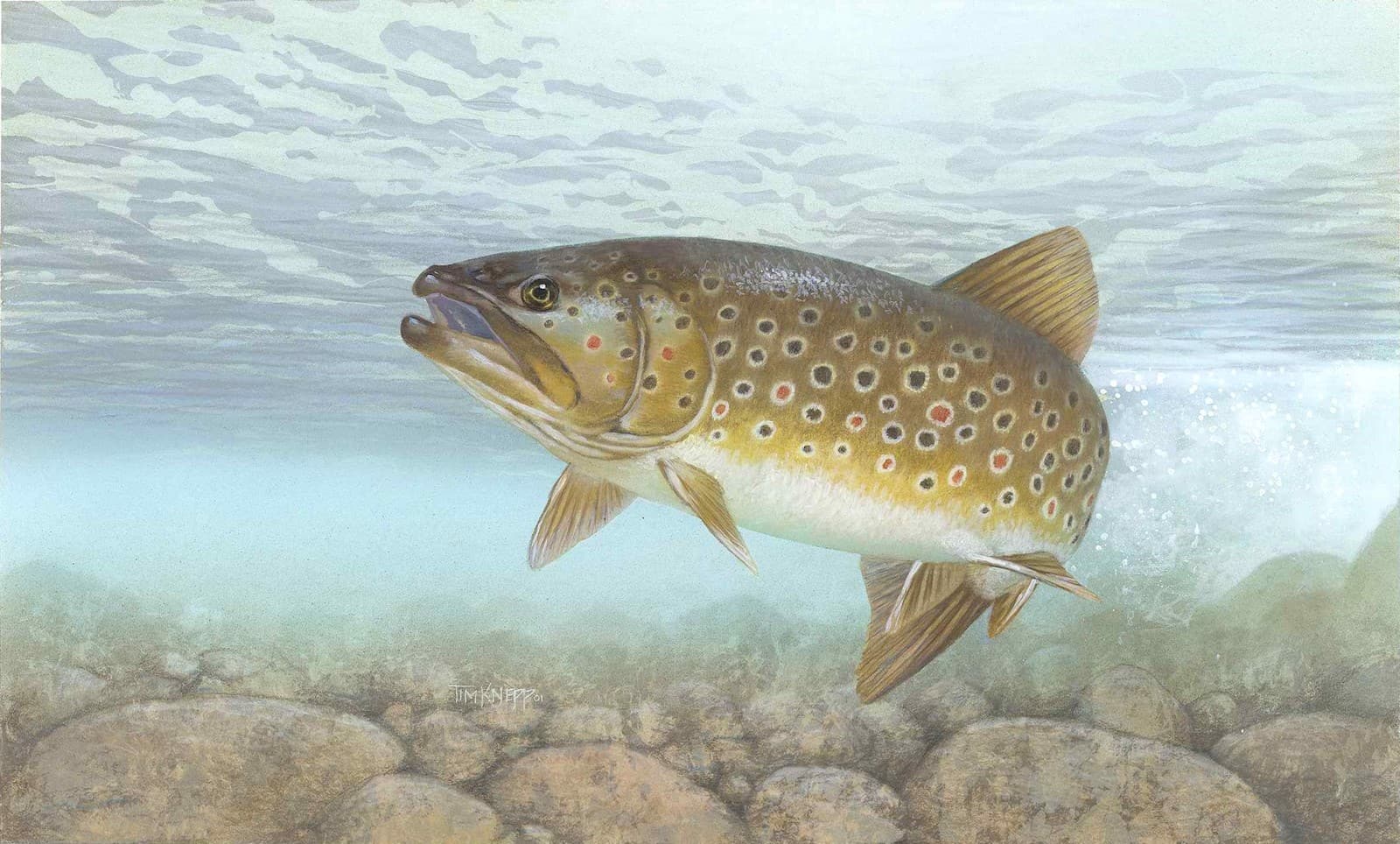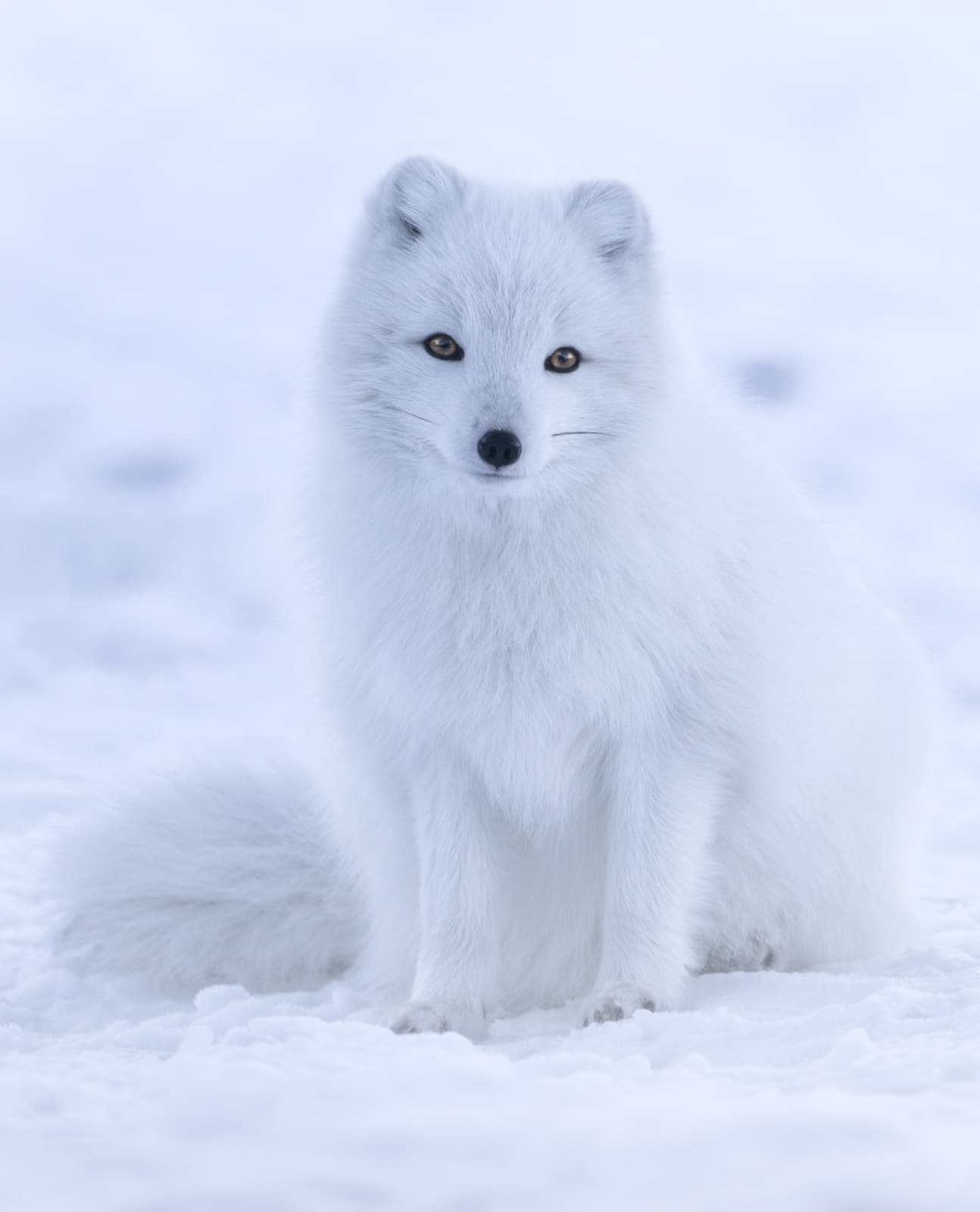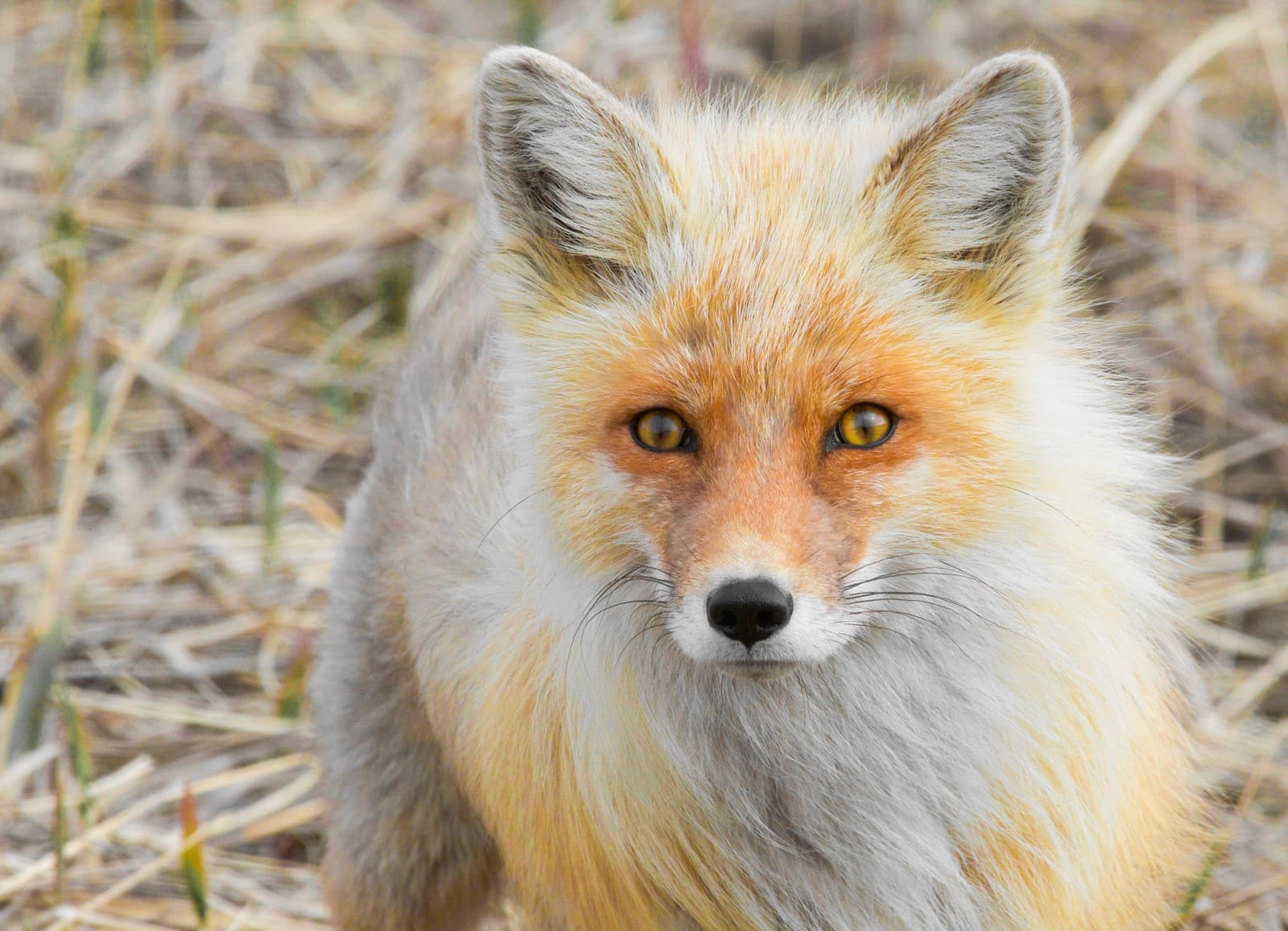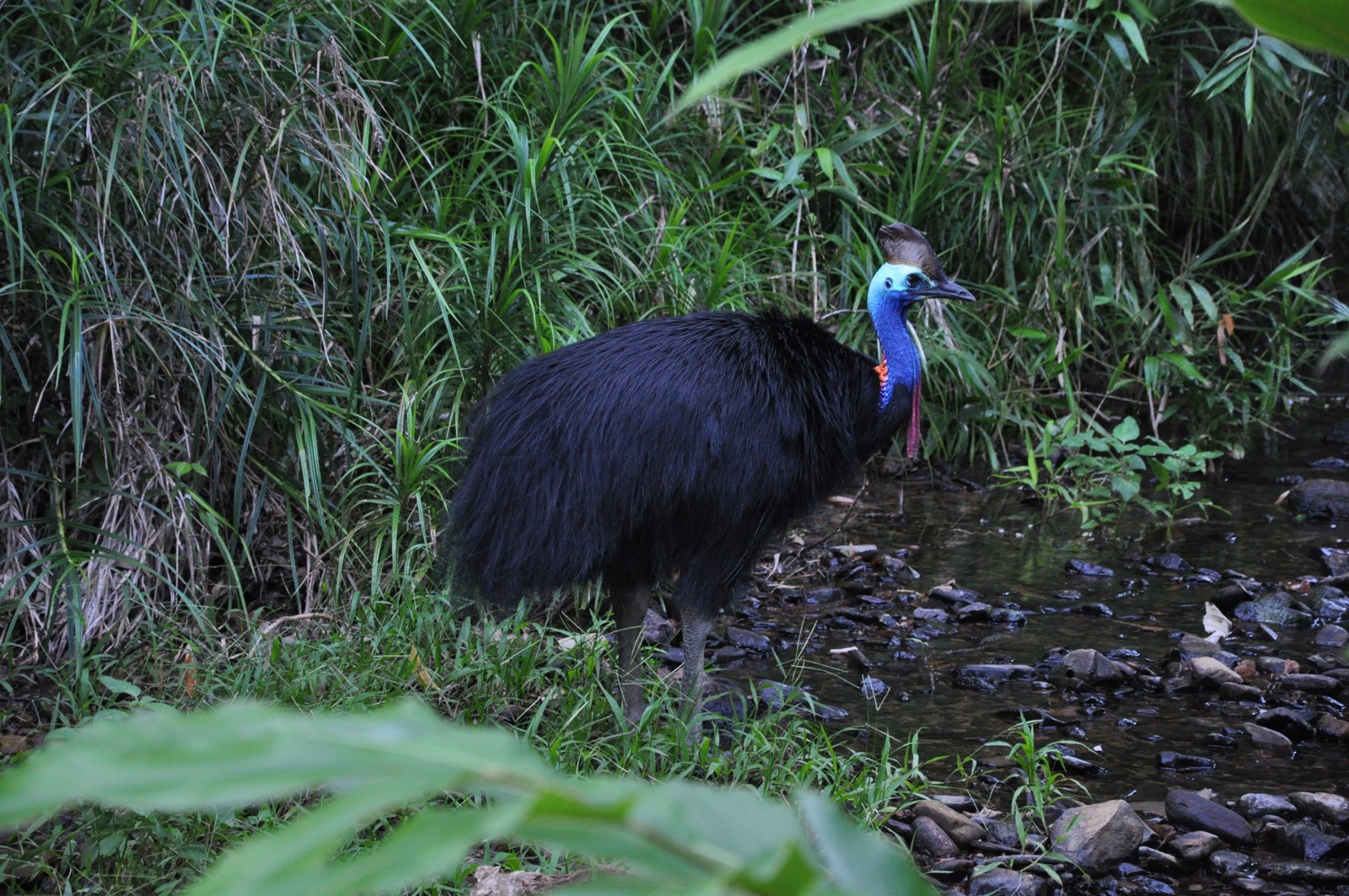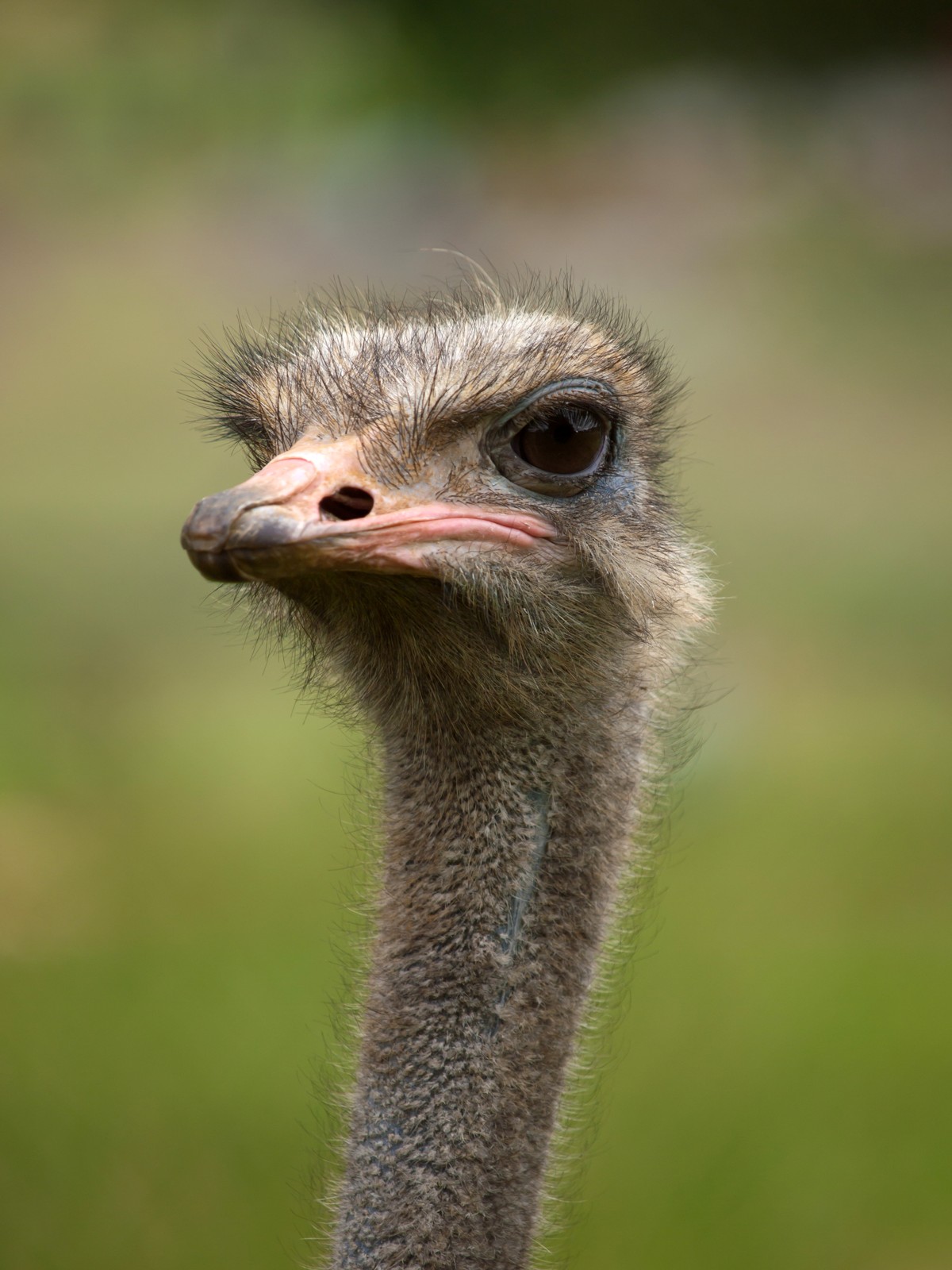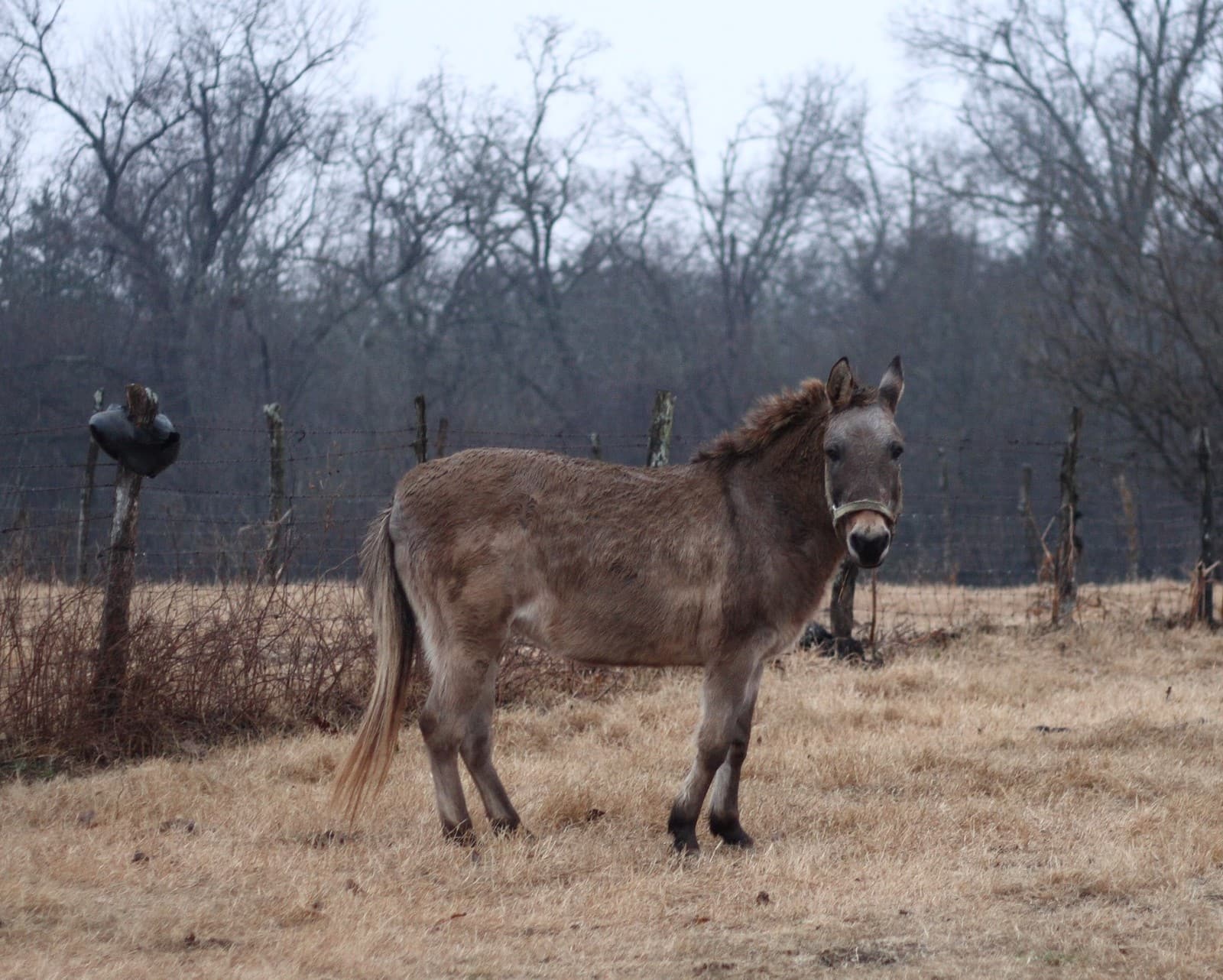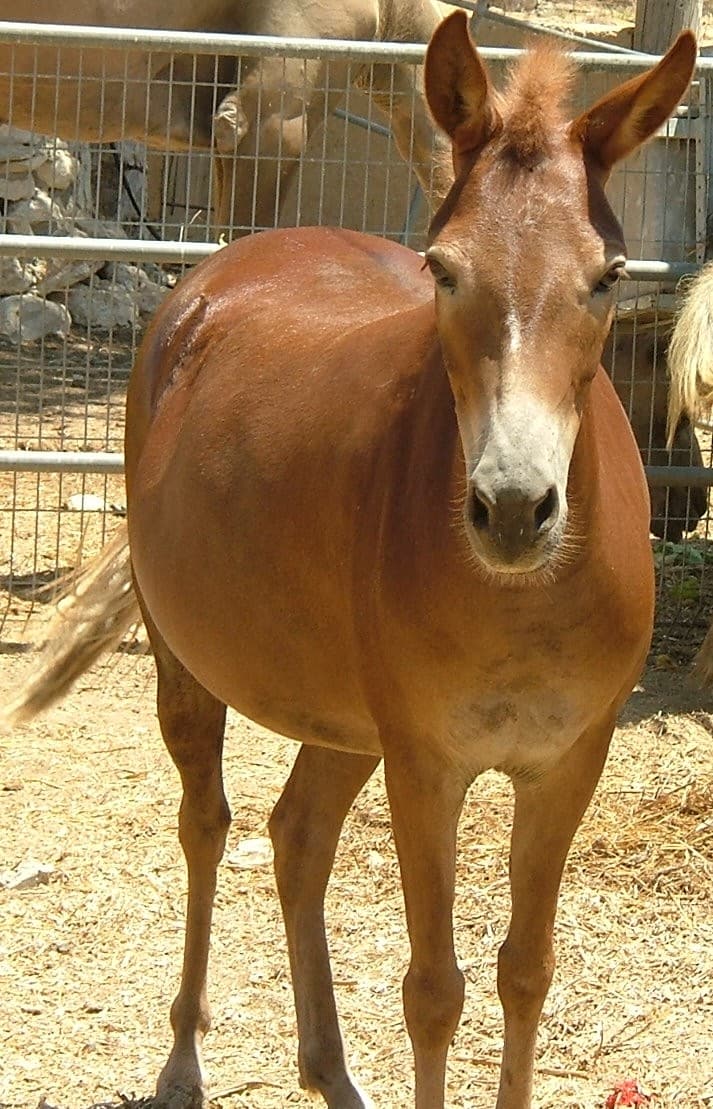Russian Tortoise vs Greek Tortoise: A Complete Comparison
When comparing Russian Tortoise vs Greek Tortoise species, key differences emerge in size, lifespan, and care requirements. Russian Tortoises (Testudo horsfieldii) typically reach 6-8 inches (15-20 cm) in length, while Greek Tortoises (Testudo graeca) grow slightly larger at 8-10 inches (20-25 cm). Both species are popular pets, but their distinct characteristics make each better suited for different keeper situations.
Understanding these differences is crucial for potential tortoise owners. Russian Tortoises generally live 40-50 years in captivity, whereas Greek Tortoises can survive 75-100 years with proper care. This significant variance in lifespan commitment represents just one of many important factors to consider when choosing between these Mediterranean basin species.
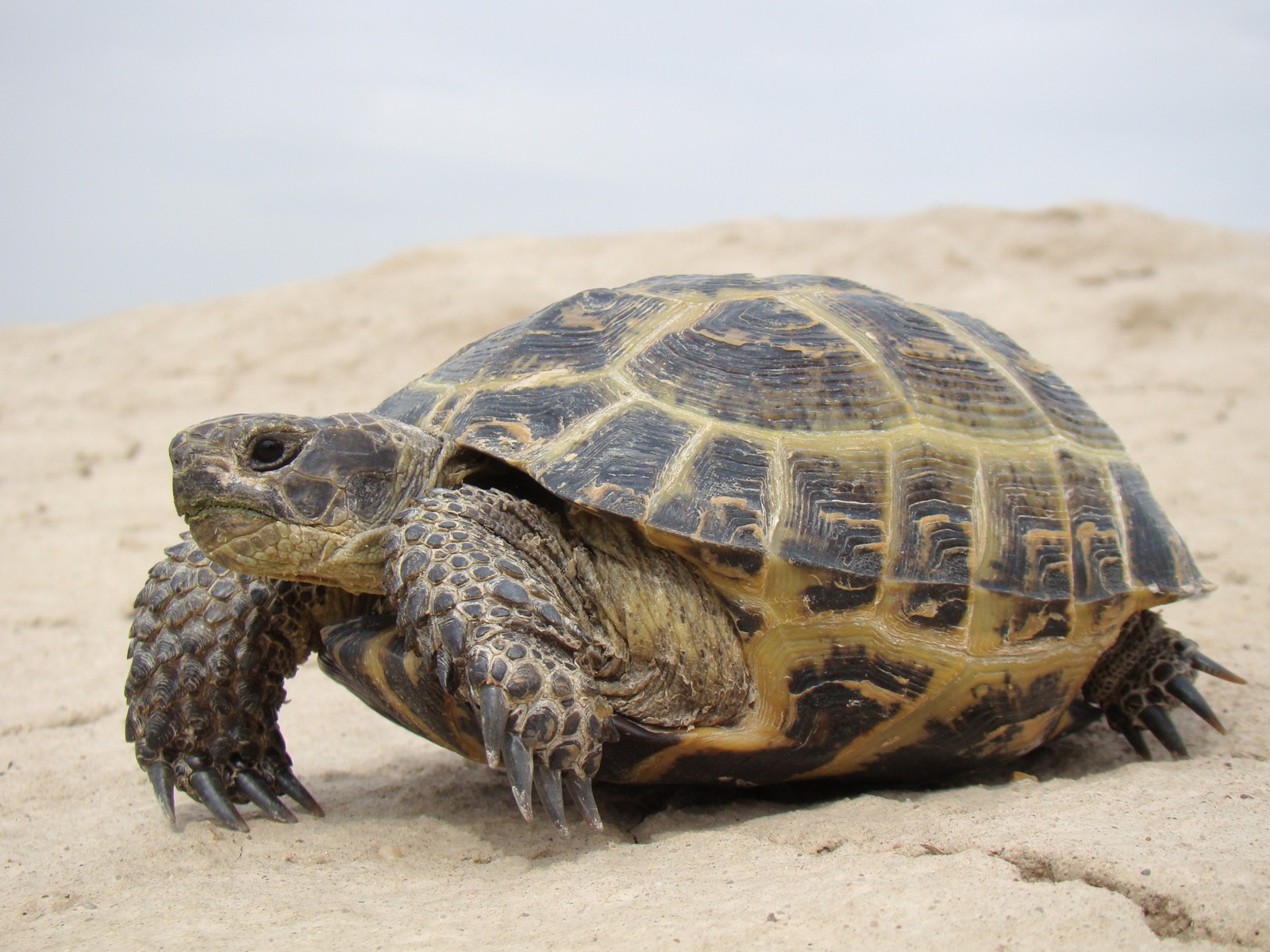
© Yuriy75 / CC BY-SA 3.0
The Russian Tortoise, also known as Horsfield’s Tortoise, displays distinctive four-toed feet and a relatively flat carapace, adaptations that help it thrive in its native Central Asian steppes and deserts.
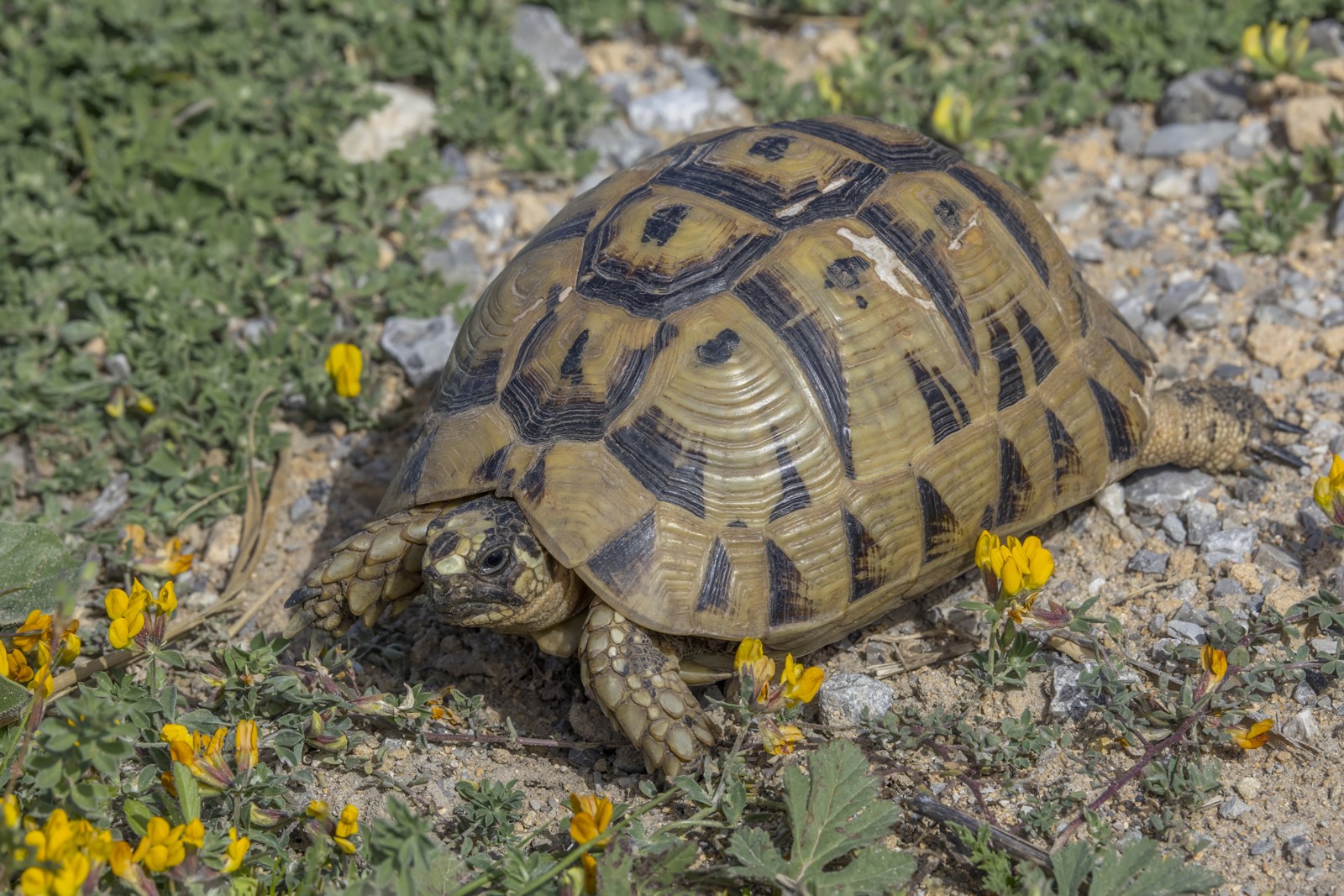
© Charles J. Sharp / CC BY-SA 4.0
The Greek Tortoise exhibits a more domed carapace and five-toed feet, with distinctive shell patterns that vary across its Mediterranean range. Its natural habitat among flowering plants reflects its diverse diet requirements.
Key Differences Between Russian and Greek Tortoises
| Feature | Russian Tortoise | Greek Tortoise |
|---|---|---|
| Size | 6-8 inches (15-20 cm) | 8-10 inches (20-25 cm) |
| Lifespan | 40-50 years | 75-100 years |
| Natural Habitat | Central Asian steppes | Mediterranean basin |
| Shell Shape | Flatter, broader | More domed |
| Foot Structure | Four toes | Five toes |
| Temperature Range | 60-85°F (15-29°C) | 65-85°F (18-29°C) |
Habitat Requirements
Russian Tortoises demonstrate remarkable adaptability to arid conditions, requiring less humidity (40-50%) compared to Greek Tortoises (50-60%). Both species need secure outdoor enclosures when weather permits, with minimum dimensions of 4x4 feet (1.2x1.2 meters) for a single adult.
Temperature and Lighting
Both species require:
- Basking spot: 95-100°F (35-38°C)
- Cool side: 70-75°F (21-24°C)
- Night temperature: Above 60°F (15°C)
- UVB lighting: 10-12 hours daily
Diet and Feeding
Russian Tortoises typically consume:
- 80% leafy greens
- 15% flowers and weeds
- 5% vegetables
Greek Tortoises prefer:
- 70% leafy greens
- 20% flowers and succulents
- 10% vegetables and fruits
Health and Care Considerations
Common Health Issues
Both species may experience:
- Shell rot in humid conditions
- Respiratory infections
- Metabolic bone disease
- Eye problems
- Parasitic infections
Preventive Care
Regular maintenance includes:
- Weekly shell cleaning
- Monthly weight monitoring
- Bi-annual veterinary checks
- Regular parasite screening
- Proper hibernation management
Breeding and Reproduction
Russian Tortoises typically lay 2-5 eggs per clutch, while Greek Tortoises produce 3-7 eggs. Incubation periods vary:
- Russian Tortoise: 60-75 days
- Greek Tortoise: 55-80 days
Which Species Makes a Better Pet?
Russian Tortoises generally make better first-time tortoise pets due to:
- Smaller size
- Shorter lifespan commitment
- More tolerant of temperature variations
- Generally hardier constitution
- Lower humidity requirements
Greek Tortoises excel for experienced keepers because they:
- Show more personality variation
- Have more complex dietary needs
- Require more precise environmental control
- Live longer
- Display more diverse morphological variations
Conservation Status
Both species face challenges in the wild:
- Russian Tortoise: Vulnerable
- Greek Tortoise: Vulnerable
Primary threats include:
- Habitat destruction
- illegal collection
- Climate change
- Agricultural expansion
Legal Considerations
Before acquiring either species, check:
- Local ownership regulations
- CITES documentation requirements
- Import/export restrictions
- State-specific permits
- Transportation guidelines
